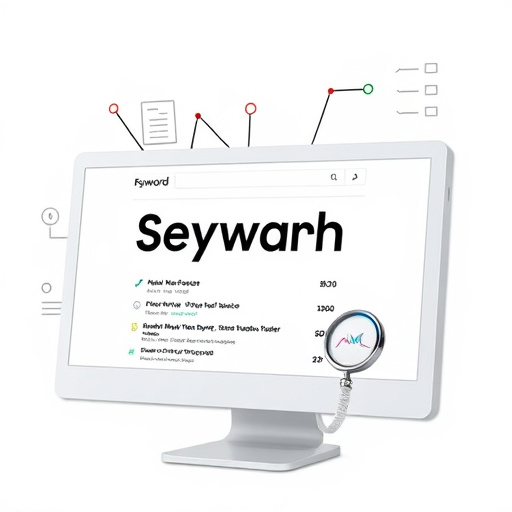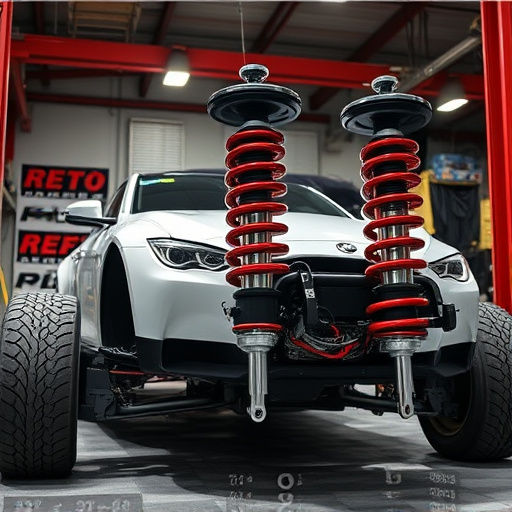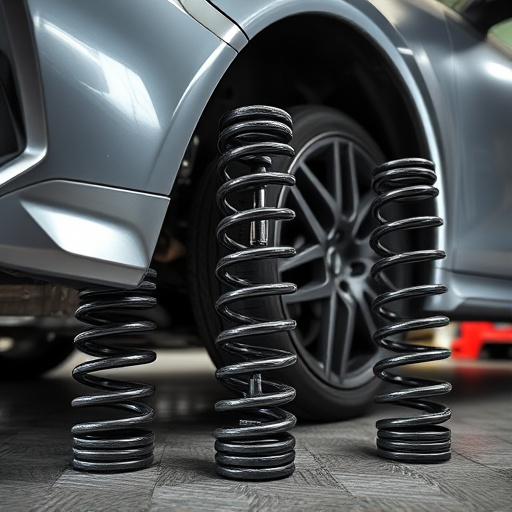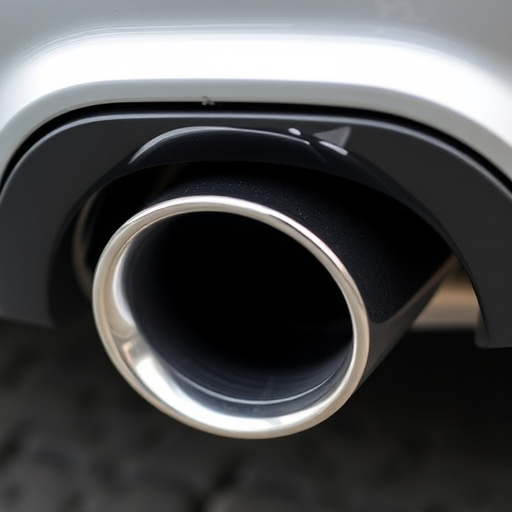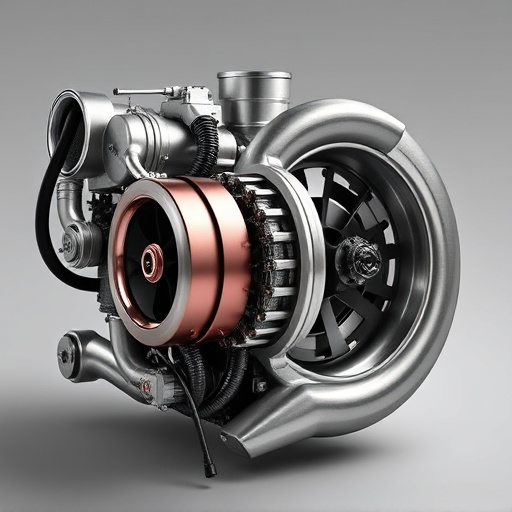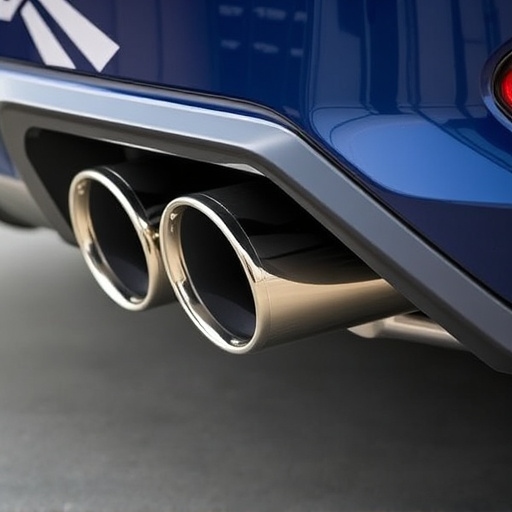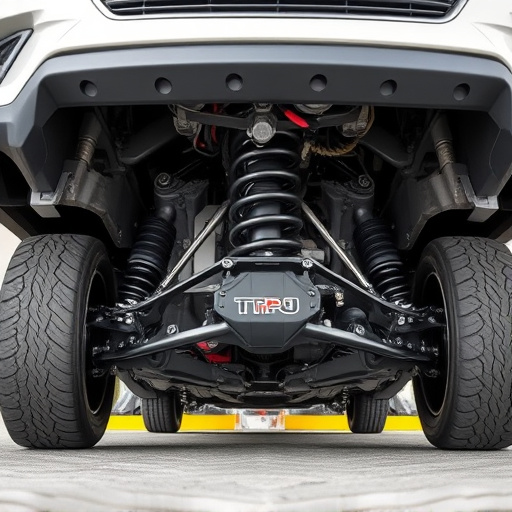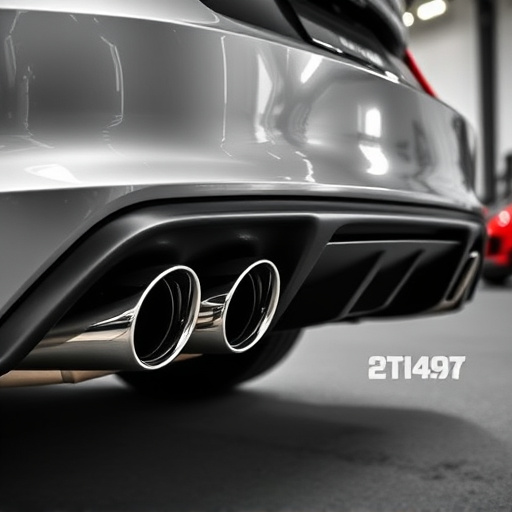The clutch and flywheel kit is a critical transmission system component, enabling smooth gear changes and power transfer. Regular maintenance and timely replacement are essential to prevent wear-related damage or vehicle modifications from causing serious transmission issues. Check for leaks, wear indicators, and ensure firm pedal response. Replace brake pads during clutch service for enhanced safety and control. Mitigate deterioration with high-quality kits and adherence to maintenance schedules.
In every driver’s life, the clutch and flywheel kit plays a pivotal role in smooth gear changes. However, these essential components aren’t immune to wear and tear, leading to common problems that can disrupt your driving experience. This article delves into the intricacies of clutch and flywheel functionality, sheds light on typical issues like excessive wear, and offers troubleshooting and maintenance tips to keep these kits in top shape.
- Understanding Clutch and Flywheel Functionality
- Common Issues: Wear and Tear
- Troubleshooting and Maintenance Tips
Understanding Clutch and Flywheel Functionality
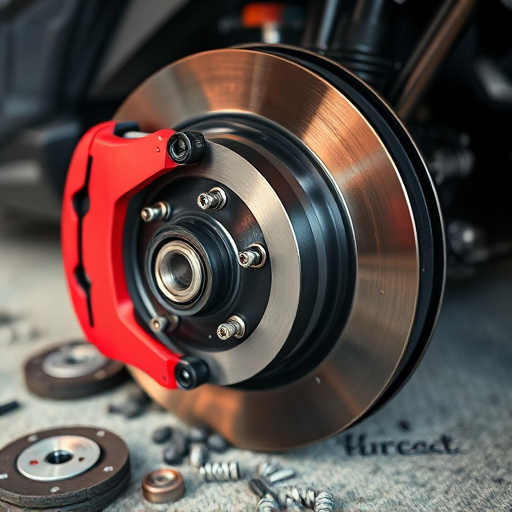
The clutch and flywheel kit is a critical component in any vehicle’s transmission system. The clutch acts as a mechanical switch that disengages the engine from the wheels, allowing drivers to smoothly change gears. This is achieved through friction between the clutch disc (part of the kit) and the pressure plate, which is connected to the vehicle’s transmission. When engaged, the clutch enables the driver to control power transfer, enabling smooth driving and gear changes.
The flywheel, another key part of this assembly, stores rotational energy from the engine and helps maintain consistent speed while shifting gears. It acts as a kind of momentum buffer, smoothing out power delivery. Together, these components ensure seamless operation during everyday driving, especially when changing speeds or stopping. Issues with either can manifest as unusual noises, performance problems, or difficulty shifting, underlining their importance in maintaining a vehicle’s overall health. Accurate maintenance and timely replacement of clutch and flywheel kits are essential to prevent more serious and costly transmission damage. Factors like poor maintenance, excessive wear, or modifications (such as installing cold air intakes, exhaust mufflers, or high-performance brake rotors) can contribute to their deterioration over time.
Common Issues: Wear and Tear
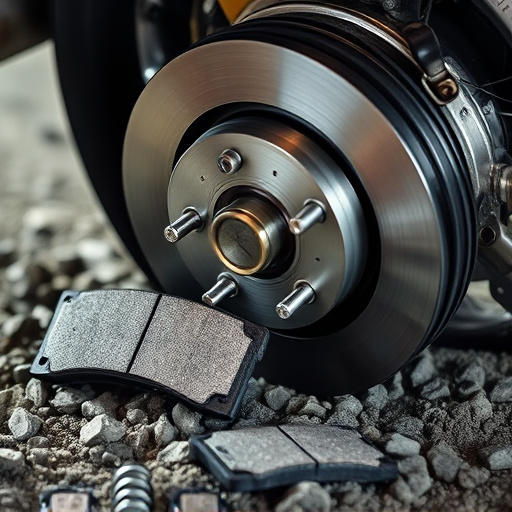
The clutch and flywheel kit is a critical component for any vehicle’s smooth operation and acceleration. However, like all mechanical parts, it is subject to wear and tear over time. One of the most common issues arises from excessive friction and pressure, leading to premature wear on the clutch disc, pressure plate, and flywheel. This can result in decreased performance and even failure of these components. Regular maintenance, such as checking for signs of wear and timely replacement, is essential to mitigate these problems.
Additionally, exposure to extreme temperatures and corrosive substances, often encountered during heavy driving or inadequate maintenance, can accelerate the deterioration process. Unaddressed wear and tear not only reduces the vehicle’s performance but also has safety implications. It underscores the importance of adhering to maintenance schedules and using high-quality replacement parts, such as those featuring advanced materials designed for enhanced durability, to ensure optimal vehicle performance and longevity.
Troubleshooting and Maintenance Tips
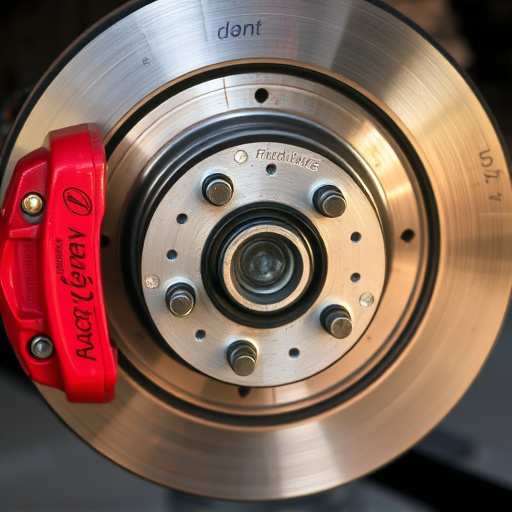
When it comes to troubleshooting and maintaining your clutch and flywheel kit, regular checks are key. Start by inspecting the clutch master cylinder for leaks – any signs of fluid oozing could point to issues with seals or gaskets within the kit. Additionally, ensure the pedal feels firm yet responsive; a spongy pedal might indicate worn or contaminated clutch components.
For optimal vehicle performance, timely maintenance is crucial. Keep an eye on wear indicators on clutch plates and pressure plates – these can be checked during routine inspections. Regularly replacing brake pads in tandem with your clutch service can also enhance overall vehicle safety and control, especially when driving at high speeds or engaging in sporty driving styles.
When it comes to addressing common problems with a clutch and flywheel kit, understanding their functionality is key. By recognizing wear and tear as the primary issue, drivers can proactively implement troubleshooting and maintenance tips to extend the life of these essential components. Regular checks and timely repairs ensure optimal performance and safety on the road, making informed maintenance choices a must for any vehicle owner.

